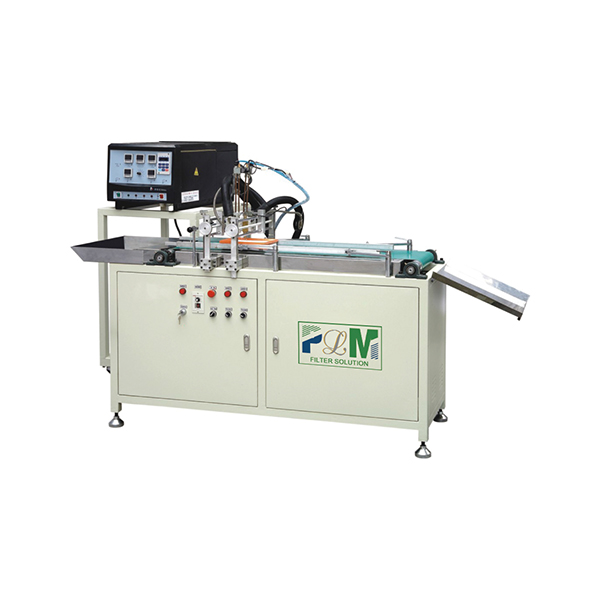Dec . 23, 2024 22:51 Back to list
0.3 micron
The Significance of 0.3 Micron Understanding the Microscopic World
In the vast world of science and technology, the term 0.3 micron frequently arises, especially in fields that require meticulous attention to microscopic details. Microns, or micrometers (µm), are units of measurement in the metric system equal to one-millionth of a meter. To put this into perspective, a human hair is typically between 70 to 100 microns in diameter, while a single blood cell measures about 6 to 8 microns. Therefore, 0.3 microns is an incredibly small measurement, which plays a critical role in various domains, including environmental science, healthcare, and materials engineering.
One of the most prominent contexts in which the 0.3-micron measurement is discussed is in air filtration systems. Particulate matter (PM) in the air varies in size, and some of the most harmful particles are smaller than 2.5 microns, with 0.3 microns being particularly significant. This size range encompasses many viruses, bacteria, and fine dust particles capable of penetrating human lungs and causing various health issues. As a result, air purifiers and HVAC systems are often designed to filter out particles of this size. High-efficiency particulate air (HEPA) filters, for example, are rated to capture 99.97% of particles 0.3 microns and larger, providing a clean air environment and protecting inhabitants from potential pathogens and allergens.
Furthermore, the significance of 0.3 microns extends to the field of microbiology and virology. Many viruses, including influenza and coronaviruses, can be as small as 0.1 microns, but they often travel on droplets of larger sizes that tend to range from 0.3 microns up to a few microns. Understanding the behavior of these tiny infectious agents is crucial for developing effective treatment strategies and public health policies. During the COVID-19 pandemic, for instance, the airborne transmission of the virus illustrated the need for effective masks and filtration systems to mitigate the virus's spread, with special attention being paid to the filtration efficiency against particles around this size.
0.3 micron

In addition to health implications, the influence of 0.3 microns is also seen in the world of manufacturing and materials science. For instance, the production of microelectronics and semiconductor devices requires an environment free from particles that could interfere with the intricate processes involved in fabricating electronic components. Manufacturing cleanrooms maintain strict regulations regarding particulate contamination, where air filtration systems that can remove 0.3-micron particles are essential. Even a single dust particle at this scale can cause defects in microchips, leading to significant losses in productivity and increased costs.
Moreover, the study of nanoparticles, which are typically described as particles with diameters ranging from 1 to 100 nanometers, is also crucial in relation to 0.3 microns. These nanoparticles can exhibit unique physical and chemical properties distinct from their larger counterparts, which makes them valuable in applications like drug delivery, where they can be engineered to target specific cells. The behavior of these tiny particles and their interactions with larger particles (around 0.3 microns) can provide insights into designing more effective therapeutic agents and advanced materials.
In conclusion, the 0.3 micron measurement serves as a pivotal point across various scientific and technological fields. From health and environmental protection to advanced manufacturing processes, recognizing and understanding the implications of such small sizes is fundamental to innovation and safety. As we continue to explore the microscopic world, our awareness of the significance of measurements like 0.3 microns will only deepen, leading to enhanced technologies and improved health outcomes for society. Such small particles have a profound impact, reminding us that even the tiniest of things can make a significant difference in our world. As technology advances and our understanding of these particles expands, 0.3 microns will continue to play a key role in shaping the future of various essential fields.
-
Premium Active Carbon Air Filter for Air Purifiers - Odor Removal
NewsAug.21,2025
-
Premium Acrylic-Resin Air Filter Paper in Roll | High Efficiency
NewsAug.19,2025
-
PLAB-6 A B Two Compounds Filter End Cap Gluing Machine-Hebei Filter Man|Precision Gluing,Automated Production
NewsAug.18,2025
-
PLAB-6 A B Two Compounds Filter End Cap Gluing Machine - Hebei Filter Man Automotive Parts Trading Co., Ltd | Adjustable Gluing Parameters, Automated Precision
NewsAug.18,2025
-
PLAB-6 A/B Two Compounds Filter End Cap Gluing Machine-Hebei Filter Man|Precision Engineering&Efficiency
NewsAug.18,2025
-
Active Carbon Air Filter for Purifier: Superior Air Quality & Odor Removal
NewsAug.18,2025
